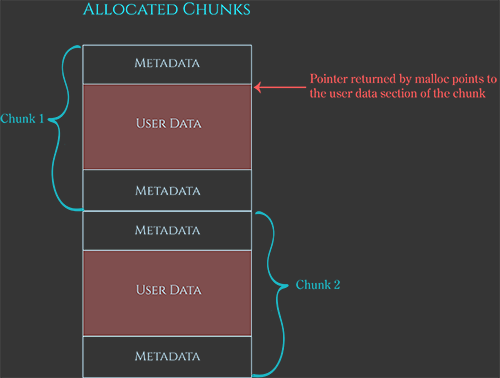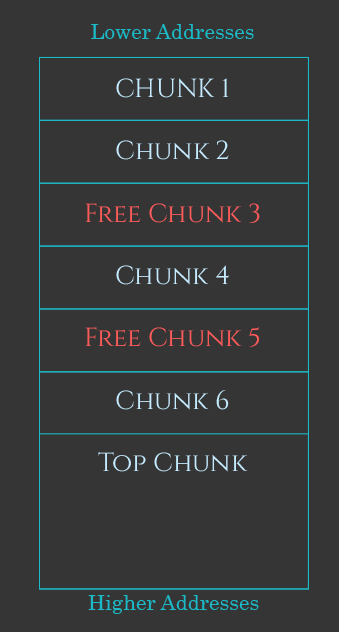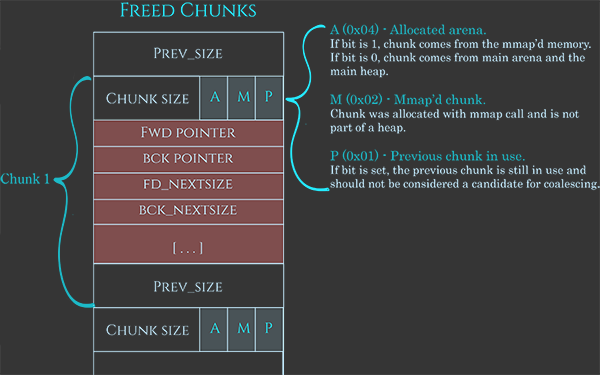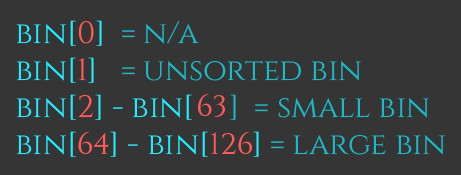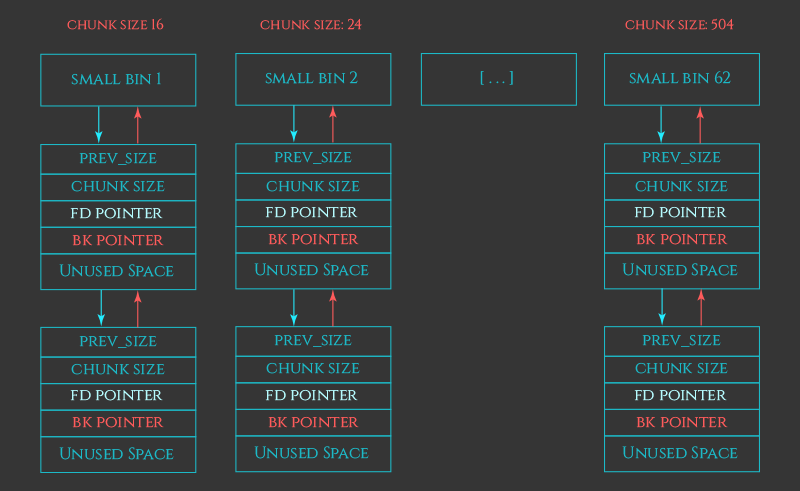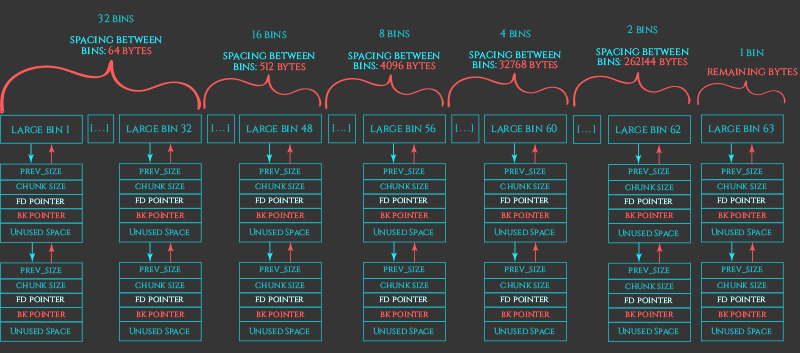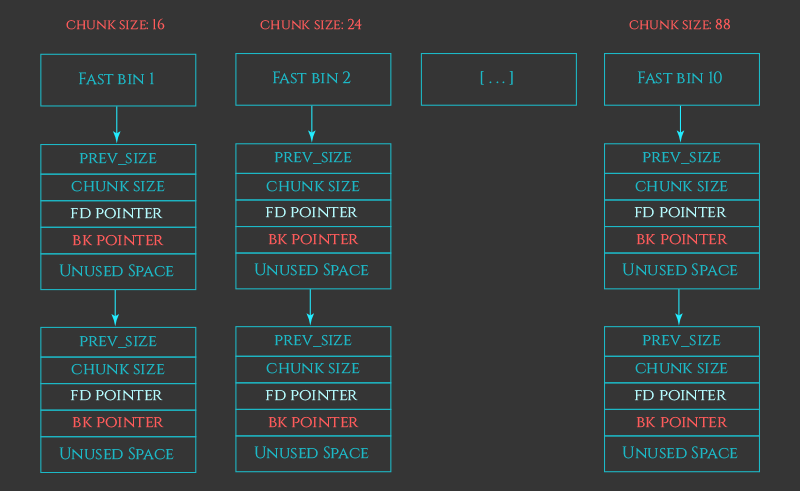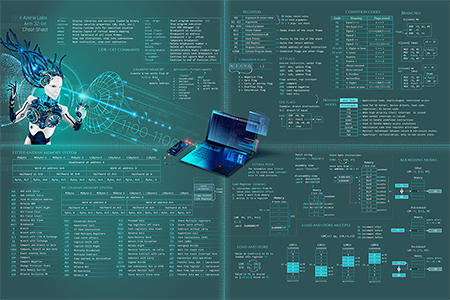Welcome back to this series on understanding and exploiting the glibc heap!
In the first part of this series, I explained the basic behavior of malloc and free. We saw that, under-the-hood, malloc handles memory allocation requests by allocating memory chunks. Each chunk not only stores the “user data” region returned by malloc that the programmer will interact with, but also metadata associated with that chunk.
We saw how the heap manager’s basic chunk-allocation strategy works, and we saw how new chunks get created from the top of the heap when there are no already-freed chunks that can be recycled to service the request.
In this post, I want to talk about how this chunk-recycling strategy works, i.e., how allocations passed back to free get saved and eventually recycled to service future malloc requests. Lots of heap exploitation techniques rely on exploiting these internal mechanics—we’ll look at these in future posts—but for now, let’s just look at how these chunks get recycled by free when the heap is operating correctly.

